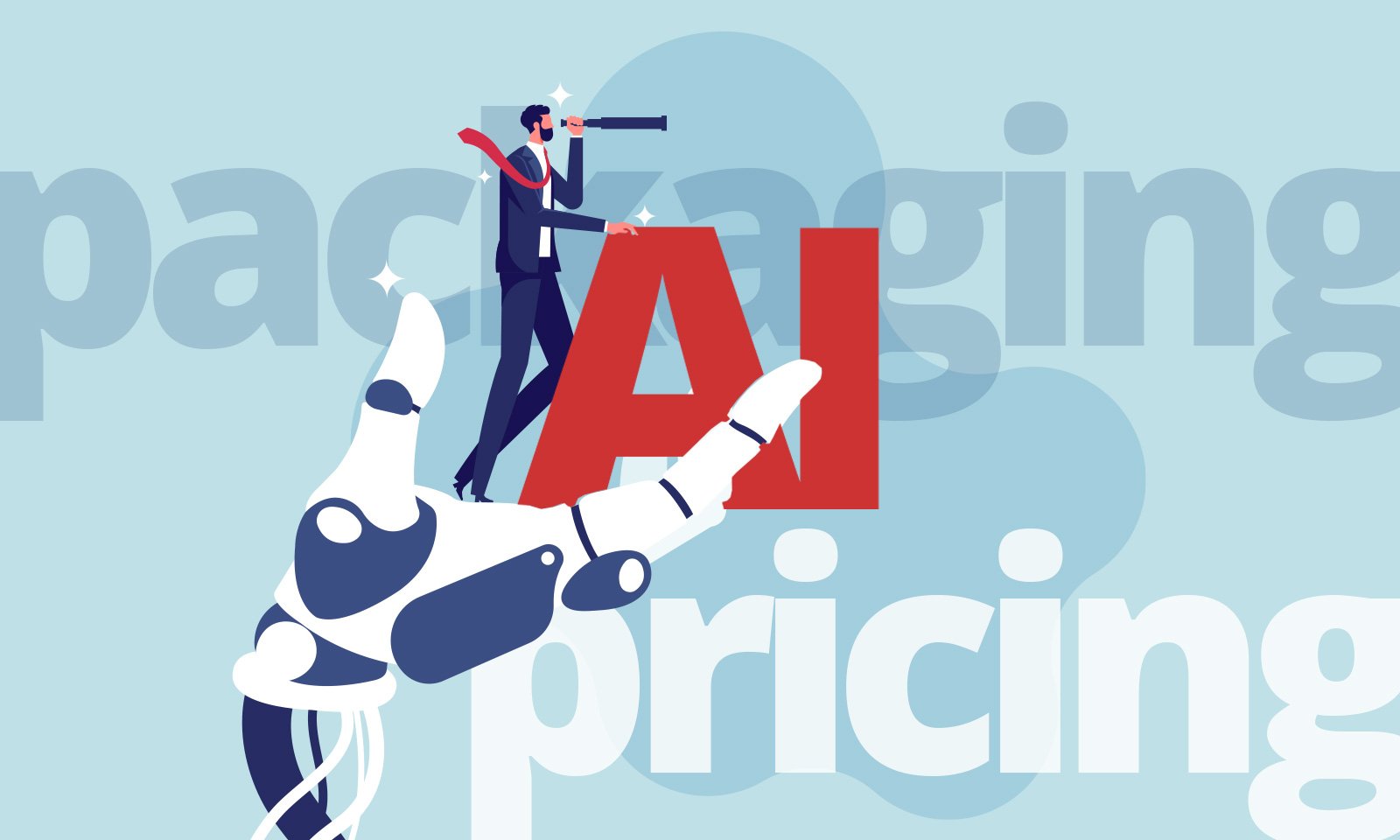Changing patterns in AI packaging and pricing: Intercom, Adobe, Gainsight
Steven Forth is CEO of Ibbaka. Connect on LinkedIn
Over the past few weeks, we have seen a growing recognition that AI is not an option or a differentiator but table stakes.
SaaStr’s Jason Lemkin said it best:
“The AI Wake-Up Call: Why You Need to Move Faster or Get Left Behind.”
The Era of Slow SaaS Evolution is dead.
The 4 Red Flags You're Getting "Maimed" by AI-First Competitor
Deals are getting smaller
Net Retention is steadily declining
Win rates dropping by 10-15% (from 90% to 78%)
Existing customers downgrading
AI is a necessary part of SaaS
AI is no longer an option. We can see this in the outcome pricing poster child, Intercom’s FinAI. Take a look at Intercom’s pricing page (accessed May 25).
The FinAI agent is now part of every package. It is not an option. But it can be bought independently to complement other helpdesk software. Note that the outcome-based price of C$0.99 remains the same across each tier and for FinAI as an independent agent. This would have been unusual 12 months ago. We think it will be a standard pattern.
Agent pricing will not be tier-driven
Agents will be available independent of legacy platforms
Intercom is not the only company making AI the default.
Adobe to make AI standard
On May 22, Techspot published an article Adobe will auto-switch paid subscribers to pricier AI plans next month: Adobe is doubling down on AI across its ecosystem. Adobe positioned this as Creative Cloud Pro brings new tools and creative controls.
Techspot’s assessment …
Adobe customers have a choice: pay more for enhanced AI features, accept a stripped-down Standard plan, or consider leaving the Adobe ecosystem altogether. With the June deadline approaching, subscribers must weigh their options carefully.
Adobe has announced sweeping changes to its Creative Cloud subscription plans, introducing a new pricing structure that will take effect in North America next month.
The company's latest offering, Creative Cloud Pro, will replace the popular All Apps plan for new and existing subscribers starting June 17, 2025. While Adobe touts expanded features and a stronger emphasis on artificial intelligence, many users will find the changes less than favorable.
A central selling point of Creative Cloud Pro is its focus on generative AI. Subscribers will receive unlimited AI credits – an upgrade from the 1,000 credits per month previously available under the All Apps plan. This move signals Adobe's intention to double down on AI-powered features across its ecosystem.
Adobe’s move to embed AI in its packaging and pricing is likely a response to pressure from Figma. Figma’s AI functionality is embedded in its products and treated as part of the experience rather than as something special. It is well regarded in the design community.
Adobe got a lot of pushback from users when it moved to cloud-hosted subscriptions. Many people felt they were being forced into a model that did not help them. The same is likely to happen again. Some people will say they do not use the AI and are even morally opposed. They will object to being dragged into this world. I suspect though, that Adobe will be able to ride through this storm and that
Adobe and Figma are laggards in adopting the agent packaging pattern. This is likely to hurt adoption over the next year and open opportunities for disruptors.
Agents are becoming a dominant pattern
A counter example is the Revenue Intelligence Platform Gong (see Ibbaka’s Category Value Report for Revenue Intelligence Platforms).
Gong is positioning itself as an agent-first company, the place to get the agents your revenue team needs to help them deliver revenue. For now, at least, this will help Gong differentiate itself from competitors like Clari or Chorus.ai which have not yet moved to agents.
Clicking on the ‘Meet the Agents’ button brings you to this screen. Fourteen agents. That is quite a large collection and splits core Gong functionality into its components.
It will be interesting to see how the market responds to this. Is this the right level of granularity? Too much for buyers to absorb? Are there dependencies between the agents? A lot of questions are left unanswered.
But perhaps the biggest question is how all this will be priced, and is the agent packaging pattern also a pricing pattern for Gong?
It is hard to answer these questions at the moment. Gong is one of those companies that does not publish its pricing. At Ibbaka, we believe that packaging and pricing go hand in hand and that the successful introduction of agents will require agent based pricing.







